🚀 Fast performance thanks to Snapdragon 8 Elite
🔋 Incredibly long battery life
🫧 OxygenOS is great for multitasking
📺 Big and bright display
📐 Slim design
🔊 Solid octa-speaker setup
⌨️ Keyboard is comfortable to use
🍿 LCD panel isn’t great for watching movies
✍️ Stylus isn’t as feature-packed as others
🤖 Android apps still suck on tablets
The $699 OnePlus Pad 3 is one of the best tablets you can currently buy. The latest high-end Android tablet from OnePlus checks a lot of boxes when it comes to finding a tablet for binging your favorite Netflix shows, playing games, and doing some light work. Its premium experience is met with a premium price, but the price is easily justified.
OnePlus focused on both entertainment and productivity with this tablet, much like it has with previous OnePlus Pads. The third generation sticks with a thin form factor, a beautiful screen, and long battery life to kick things off. It’s backed by solid performance and speakers, as well as software with enough tricks to make it quite robust. Android still doesn’t make sitting down to work very easy, but on the OnePlus Pad 3 it’s not all that bad.
In my experience, the OnePlus Pad 3 is a stellar device. It’s a solid alternative to the Galaxy Tab S10+ FE, and it’s great for anyone who wants an iPad that runs Android. At $699, the OnePlus Pad 3 is among the best Android tablets you can get.
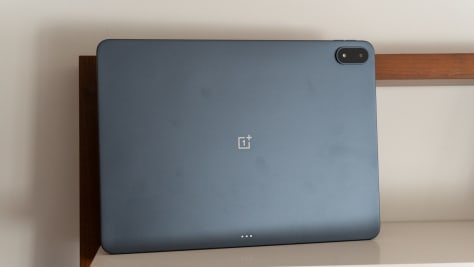
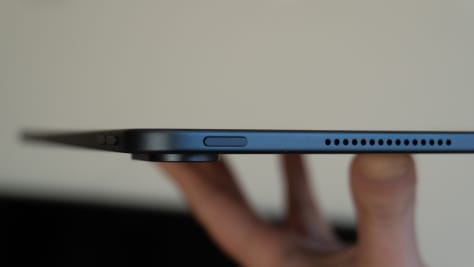
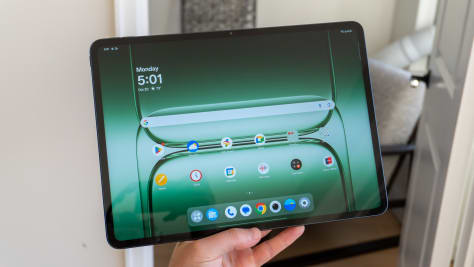
📐 Sturdy and thin… When I unboxed the OnePlus Pad 3, I was immediately impressed with how thin it is. At just 5.97mm, it’s one of the thinnest devices OnePlus has ever shipped. Its premium aluminum design makes it feel like holding a tablet from Apple or Samsung, while the sturdiness of its frame makes it feel both industrial and indestructible. It comes in a single Storm Blue colorway that looks gray more often than not, but overall, it’s a good-looking device.
🏋️♀️ … but quite hefty. Due to the large nature of this tablet, it makes sense that it’s on the heavier side of things. Weighing in at 675 grams (or around 1.5 pounds), the OnePlus Pad 3 is noticeable if you carry it around in your backpack, and it can get tiresome quickly if you hold it in your hands to watch a movie or play games. The weight does give it a premium feel which is nice, but it would’ve been nicer to see it shave a few grams off.
⌨️ A comfy keyboard. The Pad 3 is compatible with OnePlus’ Smart Keyboard, which connects to the tablet via pogo pins (or Bluetooth, if that’s more your speed). The keys are comfortable to type on for long periods of time, and I like the size of the trackpad on the bottom for moving around the cursor. I still think Apple’s Magic Keyboard for the iPad is the best tablet keyboard I’ve ever tested, but this one isn’t too shabby.
✍️ The pen’s pretty decent. OnePlus also offers the Stylo 2 for the Pad 3, which offers a decent writing experience with vibrations to help it feel like you’re writing on a piece of paper. However, the latency in writing and lack of robust shortcut support makes for a lackluster experience if you’re an artist working on your next big project. It’s good for light sketches and signing documents, but not much more.
💰 Sold separately. Like many tablet accessories, the Pad 3’s Smart Keyboard and Stylo 2 are sold separately. That means in addition to the $699 the tablet costs you, you’ll need to shell out an extra $139 for the keyboard and $99 for the pen, bringing your total to $937 before tax. Some tablets like the Galaxy Tab S10+ FE come with an S Pen in the box, and while its keyboard is priced around the same figure, you’ll still save money since you’ll have one less accessory to buy.
📺 Big and bright. The OnePlus Pad 3 has a large 13.2-inch display with a 7:5 aspect ratio, which makes it ideal for scrolling on the web and reading e-books. It’s also great for watching movies thanks to the large size, and it can get quite bright at up to 900 nits. I haven’t had an issue using it out in the bright sunshine, regardless of what I was doing on it. There’s also a pin-sharp 2400 x 3392 resolution that keeps everything looking crispy.
👆 Fast and colorful. The boosted 144Hz refresh rate helps the OnePlus Pad 3 feel very responsive no matter what you’re doing. OnePlus also threw in a touch sample rate of up to 540Hz, which is perfect for gamers to help whatever they’re playing feel more responsive than most tablets on the market. I also like the color reproduction; while it might be a bit too vibrant for some, I like the way it looks.
🌈 LCD is nice, but OLED is better. The only thing I’d change about the screen is the panel itself. This is one of the best LCDs I’ve seen in a while, but an OLED panel would help to increase contrast and make black levels more intense. Make no mistake, the OnePlus Pad 3 has a great screen, but it would be improved even further by an OLED.
🏎️ Top-tier speeds. The OnePlus Pad 3 is powered by the almighty Snapdragon 8 Elite processor, the same one found in most flagship phones in 2025. It delivers exceptional performance for whatever you’re doing on this device, whether it be watching Netflix or firing up a dozen apps and multitasking to your heart’s content. It feels just as fast as using my Galaxy Z Fold 7 or OnePlus 13 but with a much larger screen to work with, giving it a very iPad Pro-like feel when you’re flipping through apps. Plus, you get up to 16GB of RAM and 512GB of storage, giving you enough breathing room for reliable performance for years to come.
🔓 Weak on security. OnePlus doesn’t include a fingerprint reader or 3D facial scanner on the Pad 3. Instead, the tablet forces you to either enter a password, a PIN, a pattern, or use a weak version of facial recognition that relies on 2D images that can easily be duped. Most tablets nowadays have some sort of biometric login method, but for some reason, OnePlus skipped it, making it less secure than top competitors like the iPad Air and Galaxy Tab S10 series.
📸 Cheap cameras. The 13MP rear camera should never be used for more than scanning documents. The quality of photos it takes is sub-par at best, with soft details and splotchy colors everywhere. The 8MP front camera isn’t any better, which makes it mediocre for video calls. Still, I suppose if OnePlus didn’t include any cameras at all, I’d be far more perplexed than the poor cameras it did include.
🫧 Robust multitasking with OxygenOS. There’s nothing quite like using a OnePlus product to get your work done. The Pad 3’s OxygenOS 15 software (based on Android 15) includes OnePlus’ excellent Open Canvas multitasking system, allowing you to open apps as floating windows, in split-screen mode, or as full-screen cards you can swipe between with ease. Coupled with a handy app dock that supports folders and granular file search, the experience is one of the best if you want to get work done on your next tablet.
🤷 If only the apps were good. The biggest issue I have with multitasking on the OnePlus Pad 3 has nothing to do with OnePlus at all, but with Android at large. The apps still aren’t great; while progress has been made by developers for their apps to adapt to larger displays like on tablets and foldables, the experience is still hit or miss. Some apps still only open in portrait mode, while others look straight-up funky if you try to stretch them out across the screen. I wound up relying on a lot of web apps to accommodate.
💻 Access your real laptop. If there’s a piece of software you need to access from the Pad 3 that isn’t available, there’s a unique way to access your laptop from the tablet itself. OnePlus includes its O+ app that allows you to access your Mac or Windows laptop and control it remotely. Is the experience perfect? Not really, if only because you have to be on the same Wi-Fi network as your laptop. But it’s a neat feature nonetheless if you need to do something quickly while chilling on the couch.
🤖 Some AI goodies. OxygenOS 15 also throws in a few AI tricks to keep things interesting. There’s an AI Translation feature for instantly translating websites, screenshots, and more. An AI Writer can help you draft emails and blog posts, AI Summary can summarize long articles and web pages for quick reads, and AI Speak lets you listen to the content on your screen if you don’t have time to read it. The features work well enough, although I never found myself returning to any of them in everyday use. You also get Google Gemini and Circle to Search - it’s an Android device, after all.
📅 Software support slacks. It would’ve been nice to see longer software support on the Pad 3. OnePlus is only promising up to three years of major Android upgrades, which means the buck likely stops at Android 18. You do get security patch updates for six years, which is nice. But compared to other tablets that get 5-7 years of major upgrades like the Galaxy Tab S10, it makes the Pad 3 seem far behind.
🔋 Big, beautiful battery. Folks, this might be my new default tablet recommendation for anyone who needs a tablet that lasts forever on a charge. There’s a gigantic 12,140mAh cell in this thing, and it can easily last 2-3 days on a charge with medium use. Stand-by is phenomenal as well; if I charge it to 100% and leave it for a week (which I’ve actually done), it dips to around 95%. You can watch a few movies, play some games, get some work done, and still have around 50% in the tank. It’s perfect for traveling and ideal if you never remember to pack a charger.
⚡️ Quick top-ups. The Pad 3 also comes with 80W fast charging, which gets you from zero to 100% in just over an hour. While that’s obviously not as impressive as 80W charging on a smartphone, it’s important to remember just how big this battery is. The fact that you can go from 0-50% in around 40 minutes is huge for a battery of this caliber. The best part? You get the 80W charger in the box.
🔊 Octa-good. The OnePlus Pad 3 has eight speakers in total, which gives you booming audio quality that can easily fill a room. There are four bass units and four tweeters that kick out punchy, lively audio that isn’t too bass-forward to keep things enjoyable. What’s more, OnePlus includes its Halo Audio software that can play certain sounds in different directions, which makes listening to music and movies on this tablet feel more spacious than almost any other tablet I’ve used. The Pad 3 gives the iPad Pro’s speakers a run for their money.
✅ You need a tablet that lasts forever on a charge
✅ You want the best multitasking experience on an Android tablet
✅ You need fast performance
✅ You don’t want to spend more than $1,000
✅ You want killer sound quality
❌ You prefer OLED displays over LCD
❌ You need the security of a fingerprint reader
❌ You plan to use your tablet for more than three years
❌ You’re an artist who needs a robust stylus
Max Buondonno is an editor at The Shortcut. He’s been reporting on the latest consumer technology since 2015, with his work featured on CNN Underscored, ZDNET, How-To Geek, XDA, TheStreet, and more. Follow him on X @LegendaryScoop and Instagram @LegendaryScoop.

 19 hours ago
3
19 hours ago
3
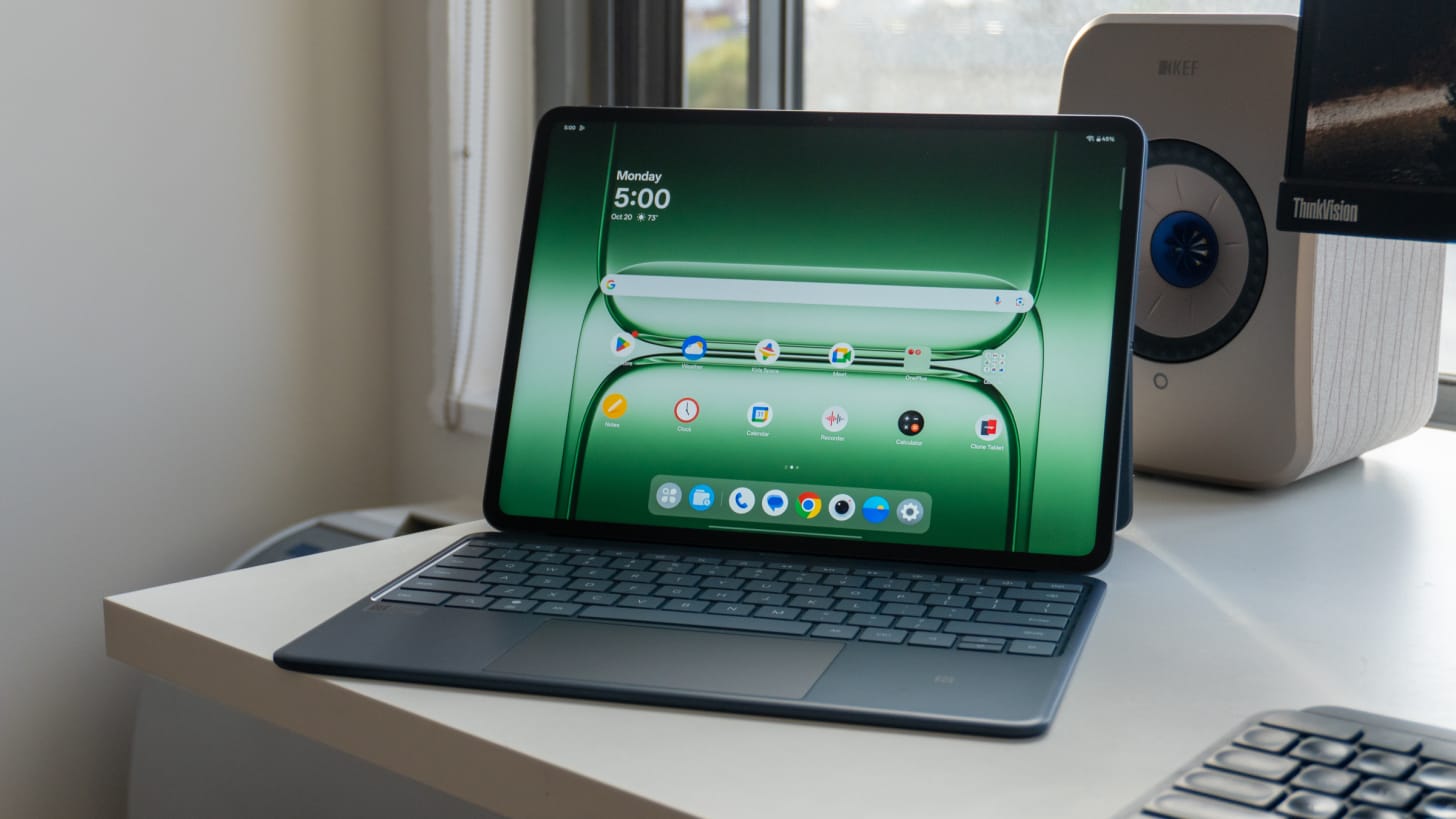
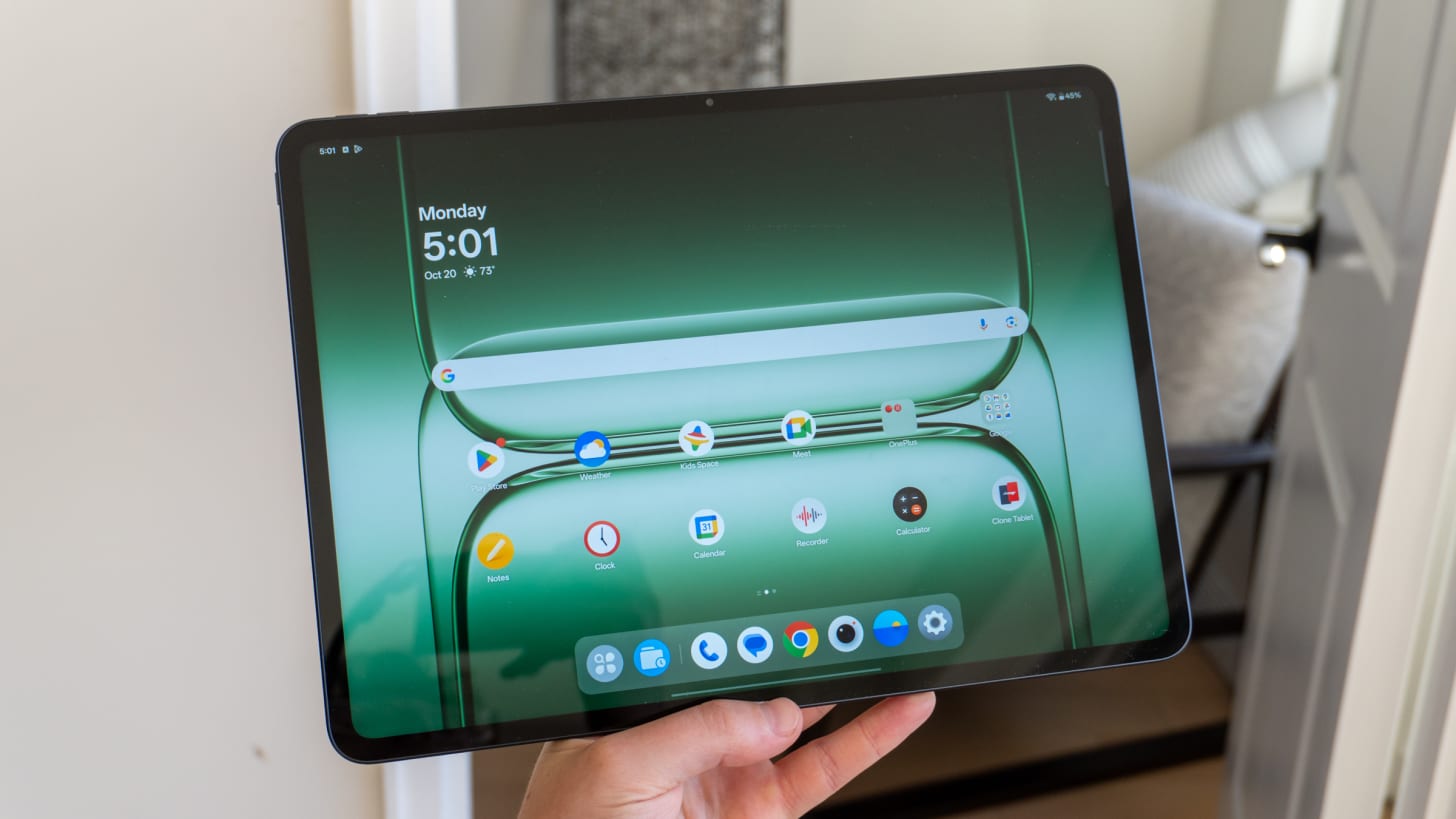
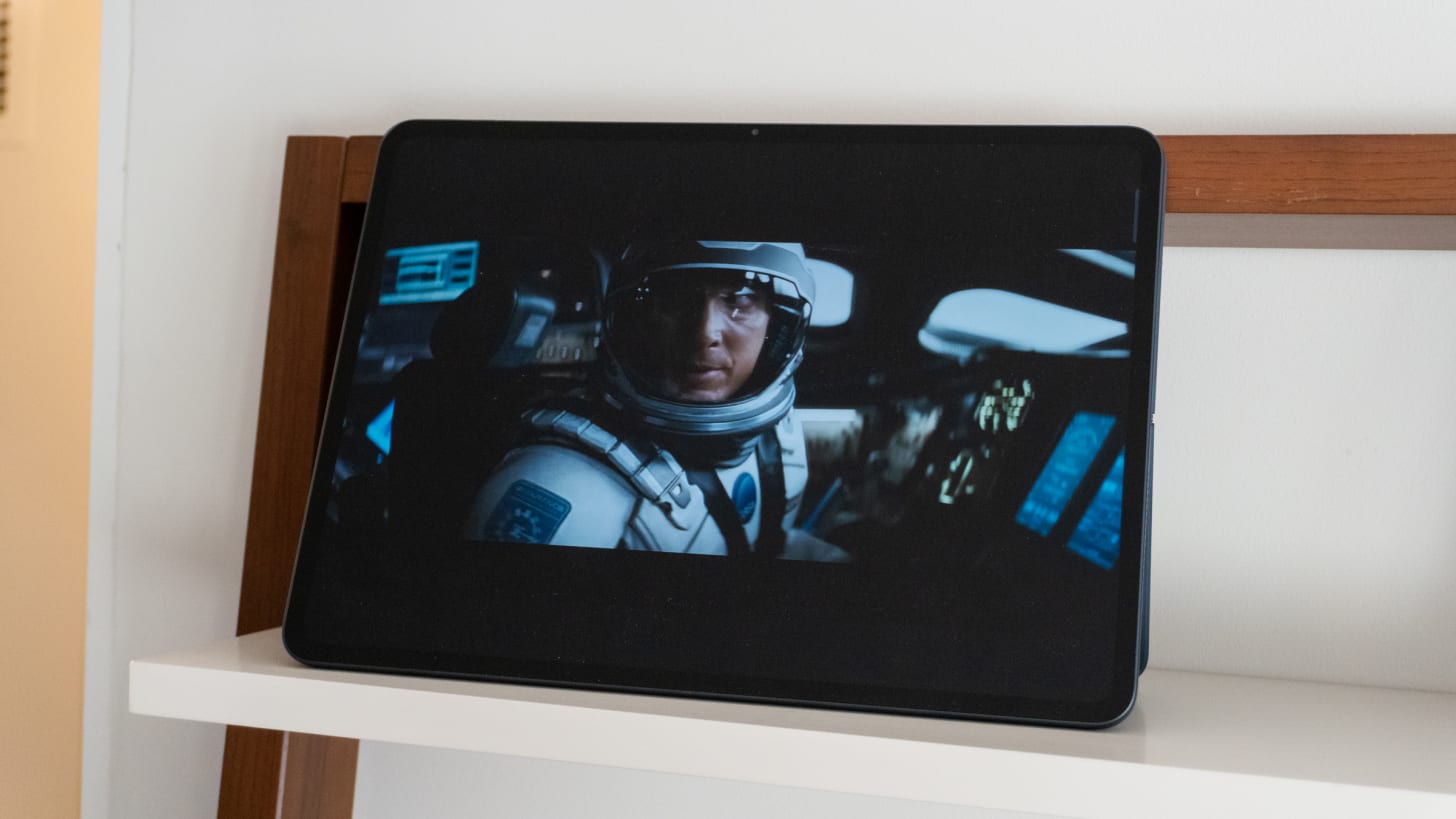
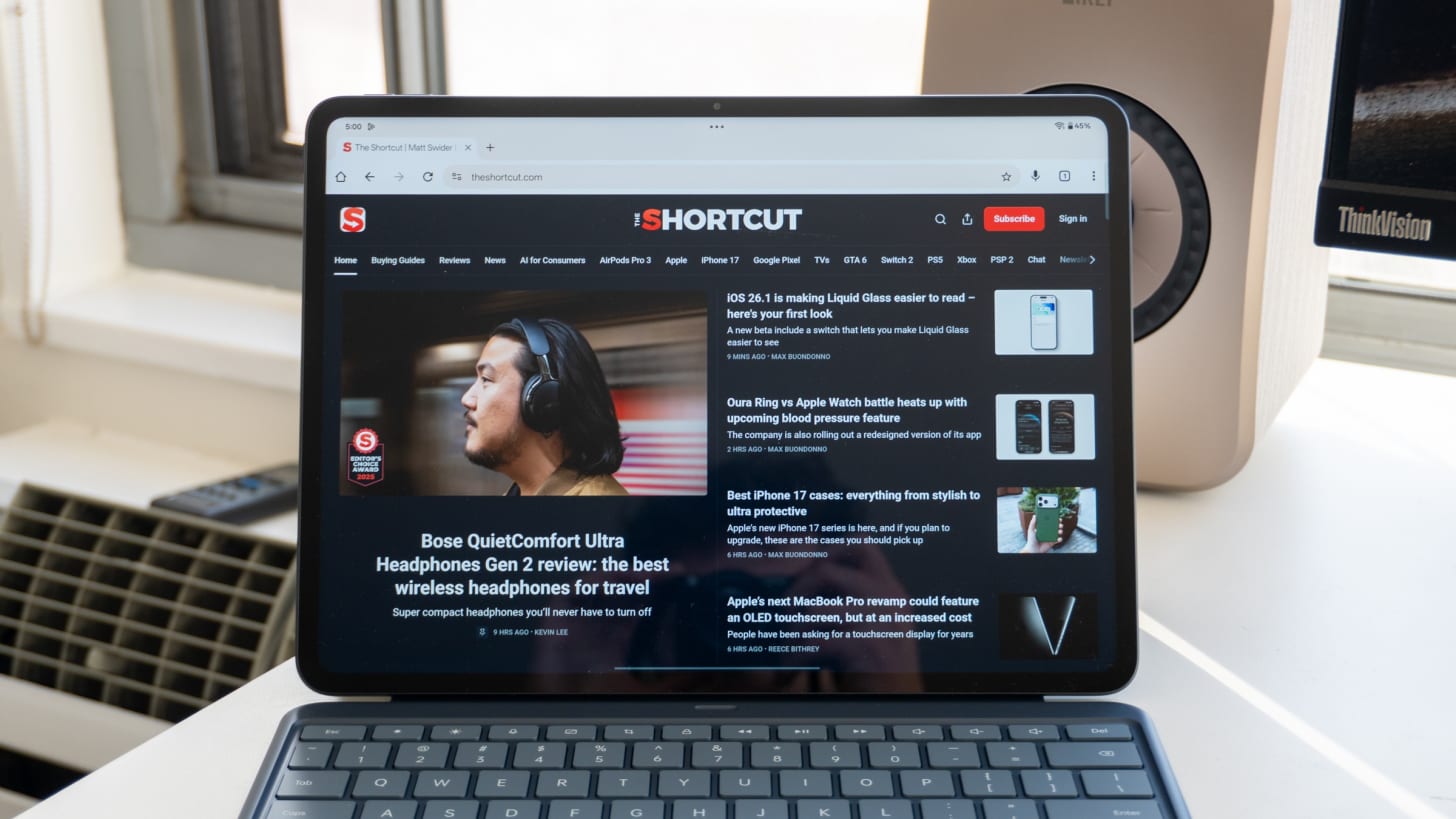
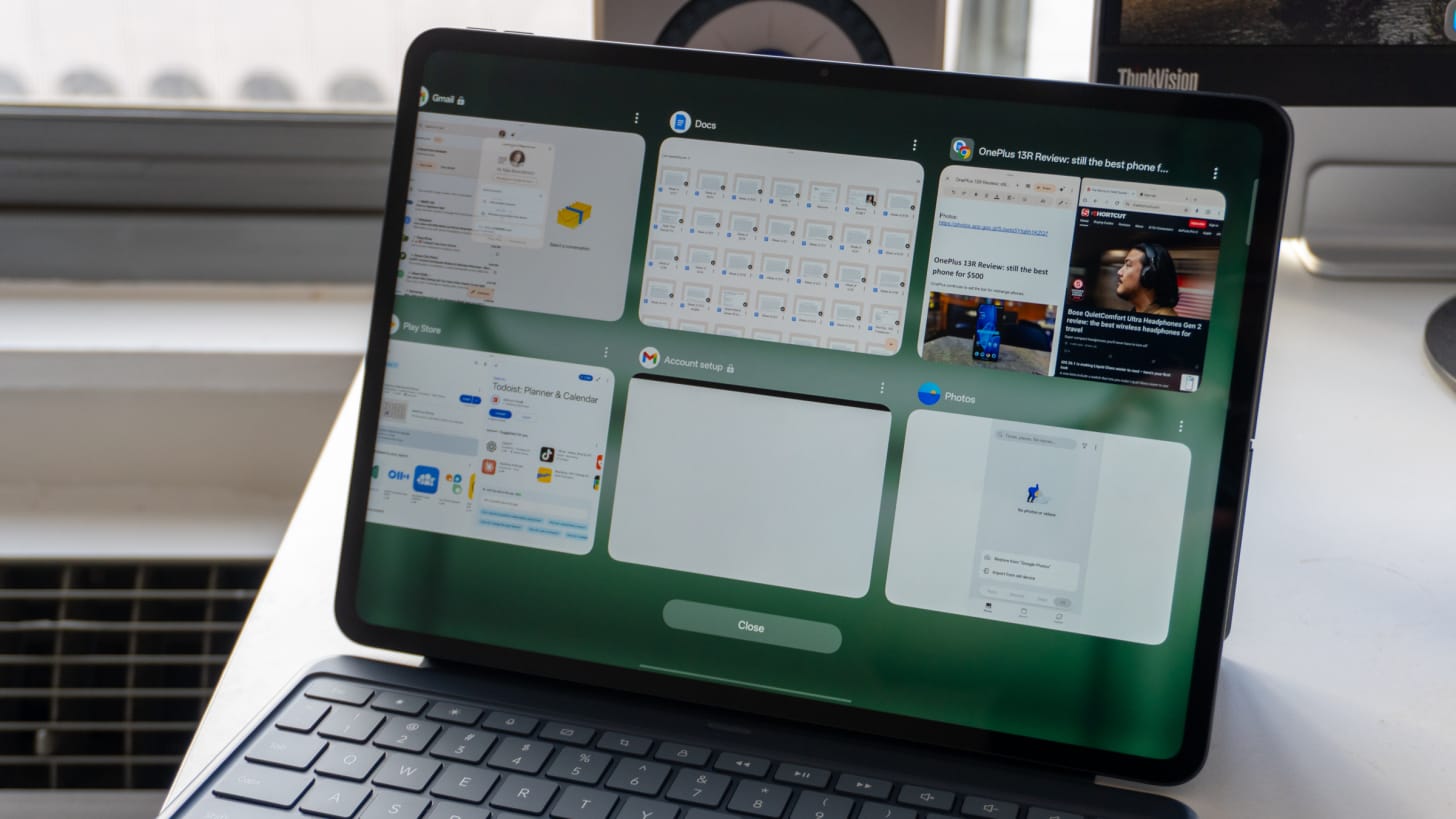
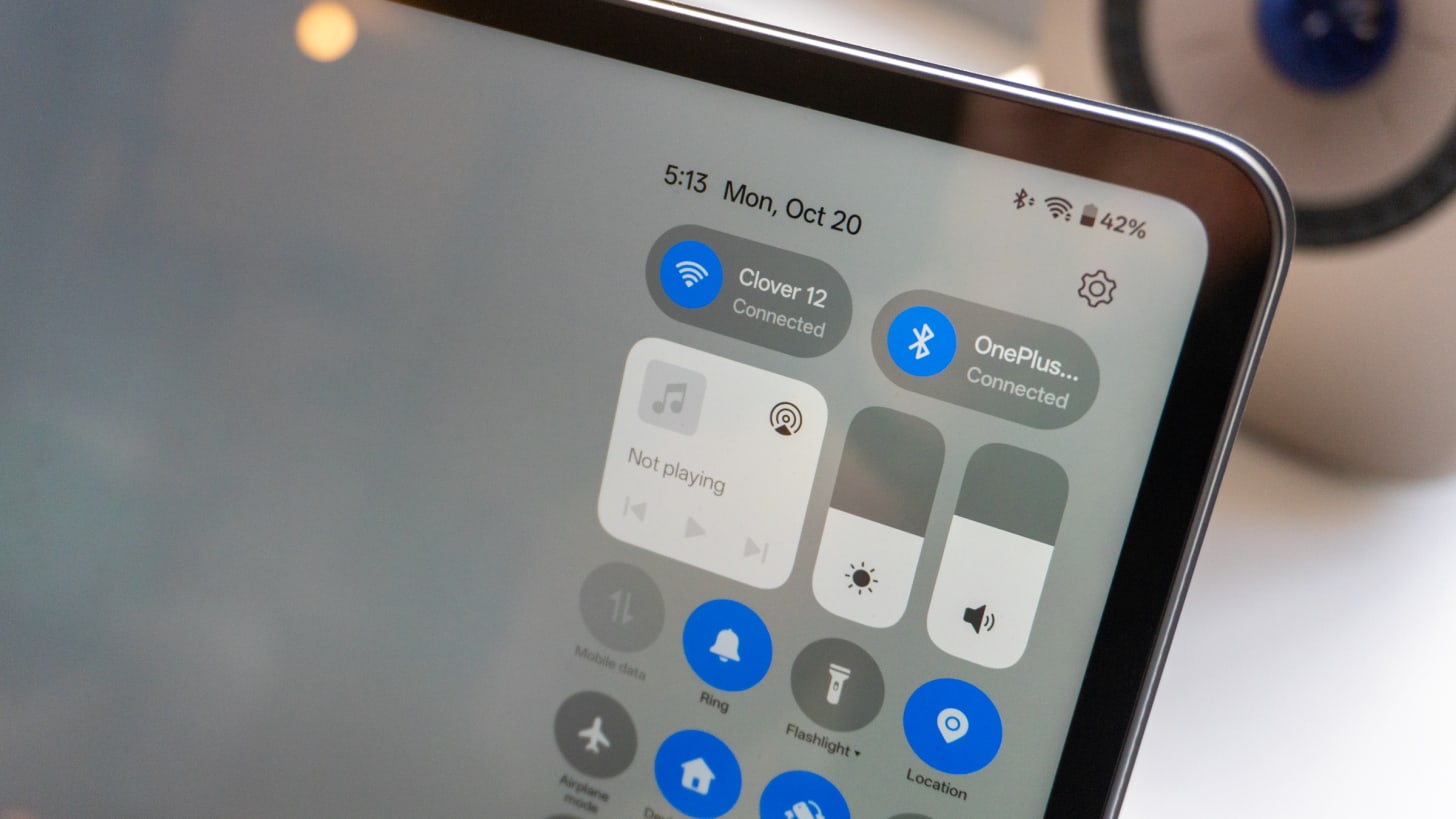
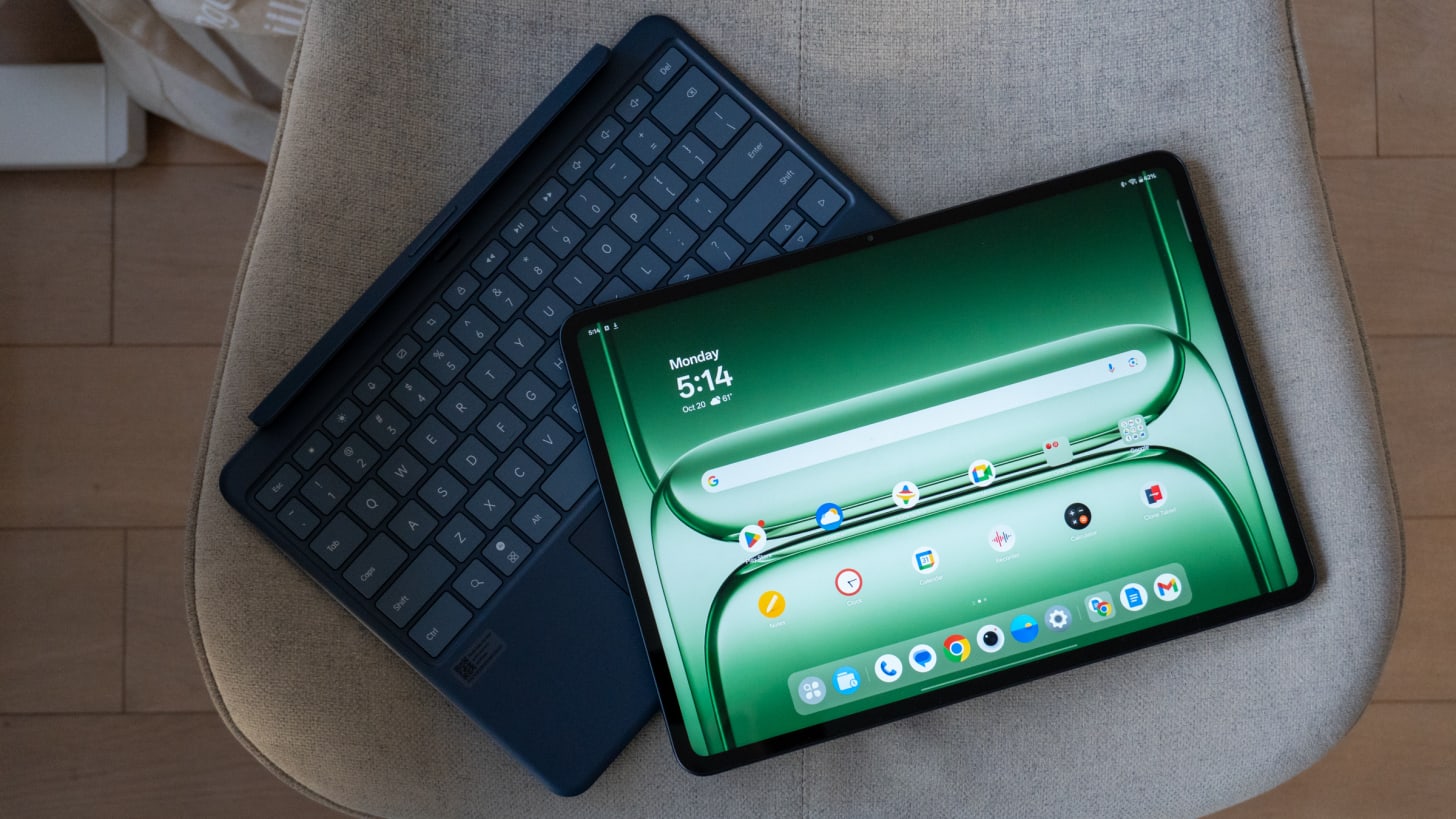

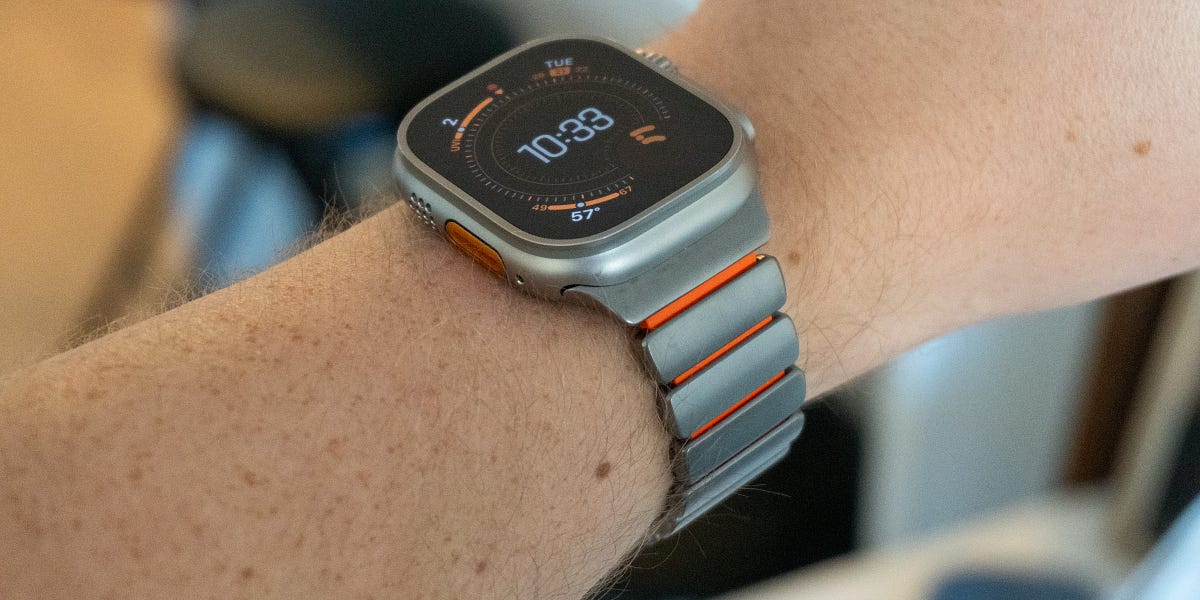

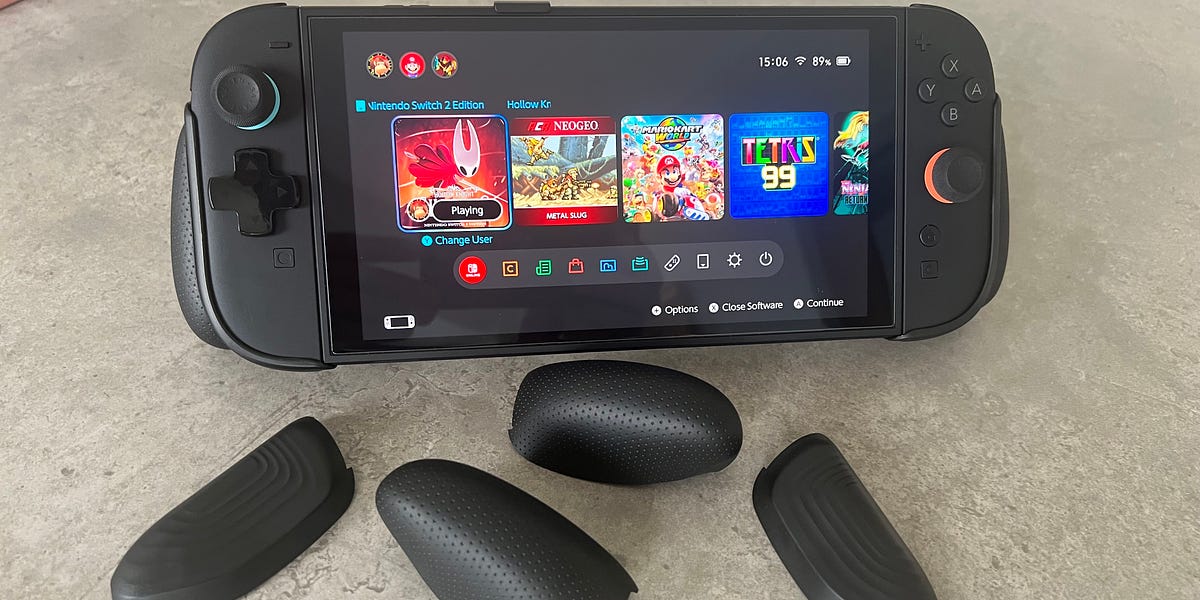
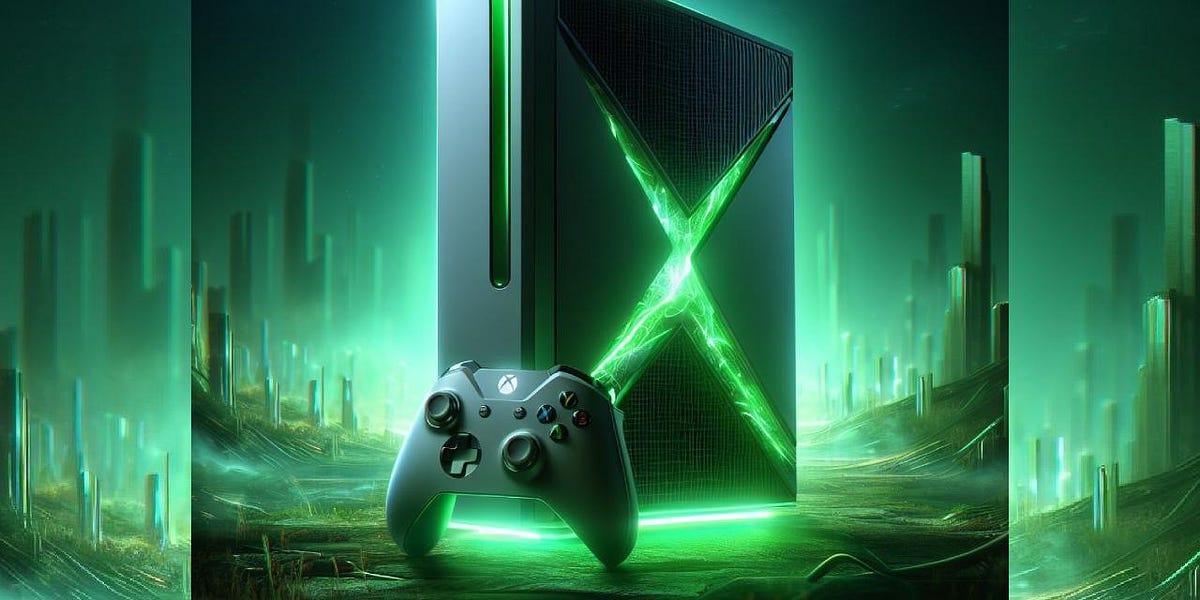
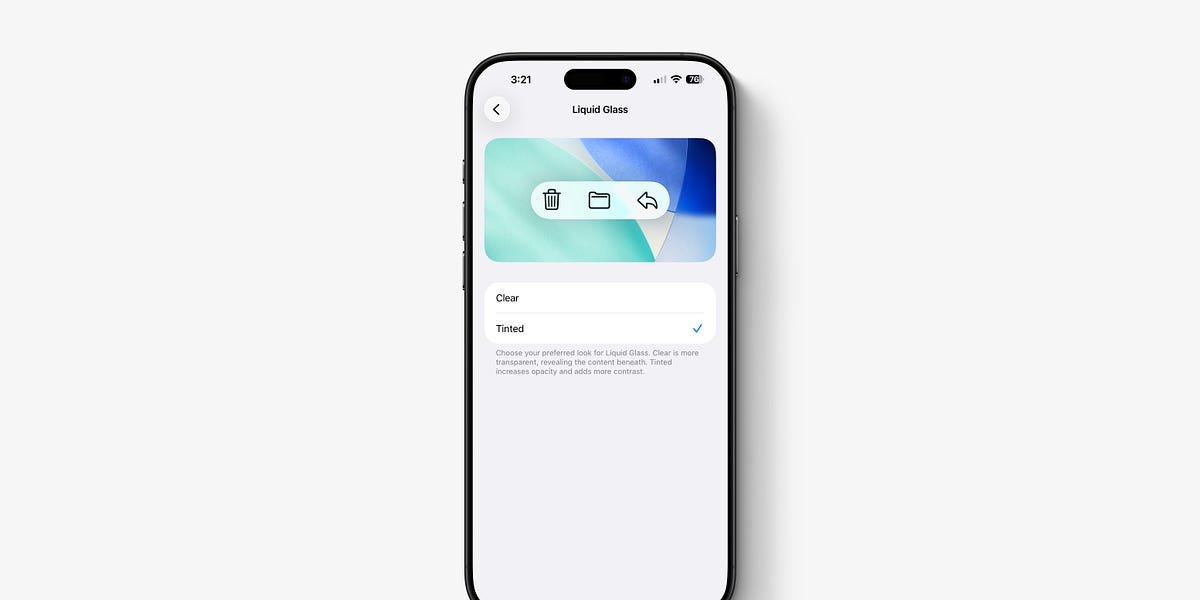
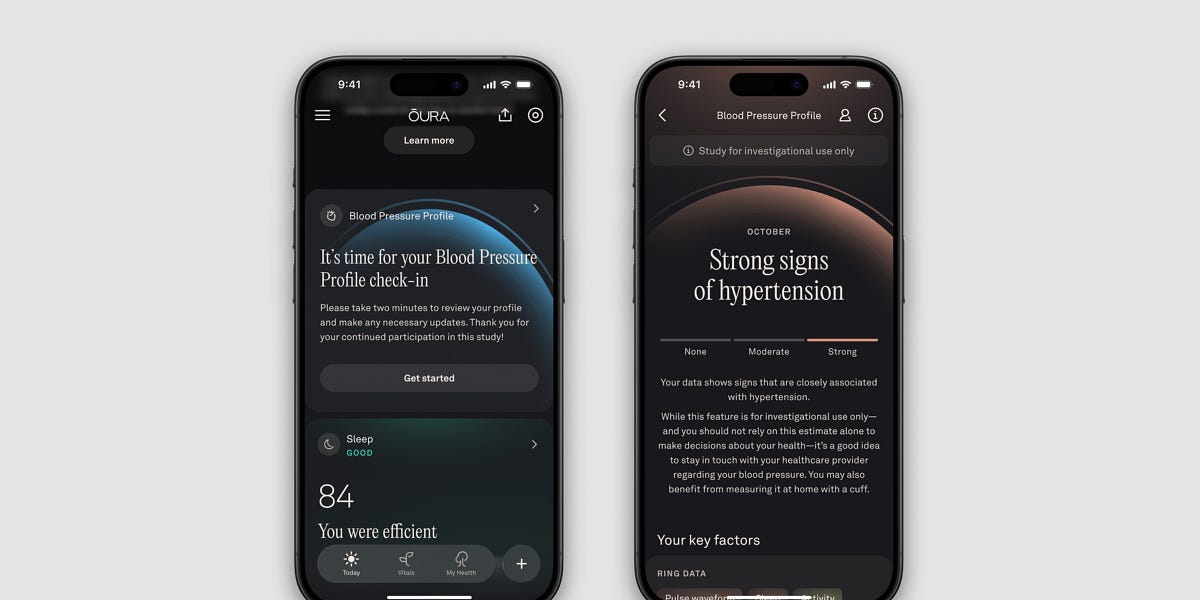
.jpeg)